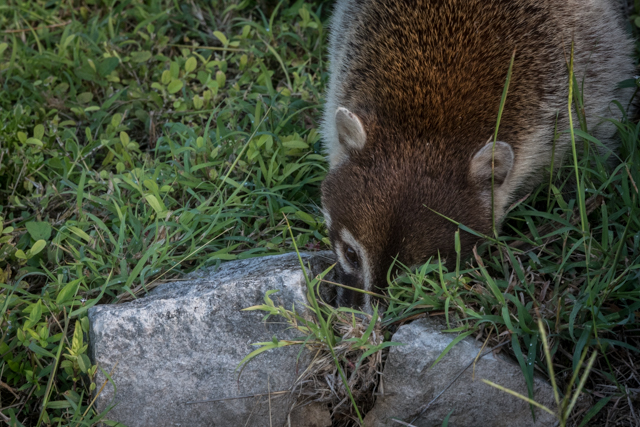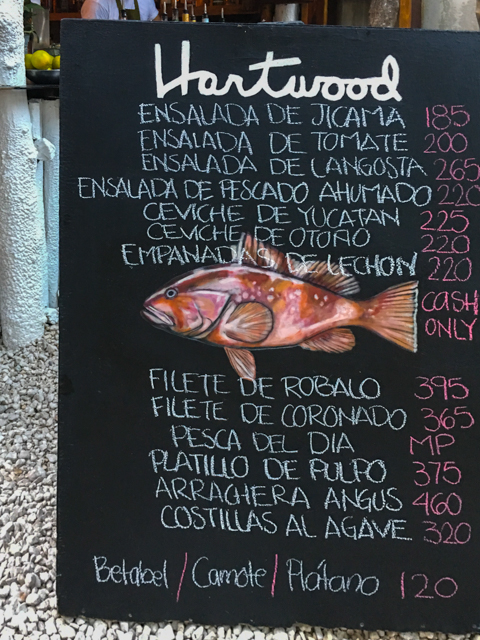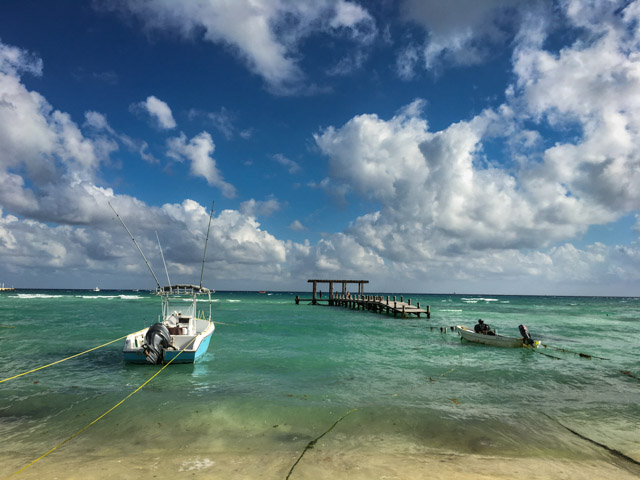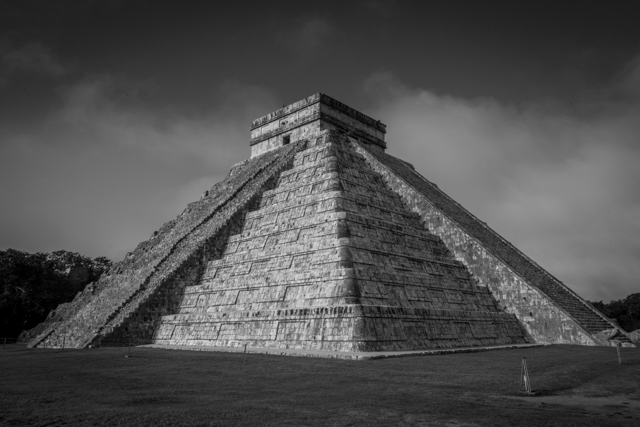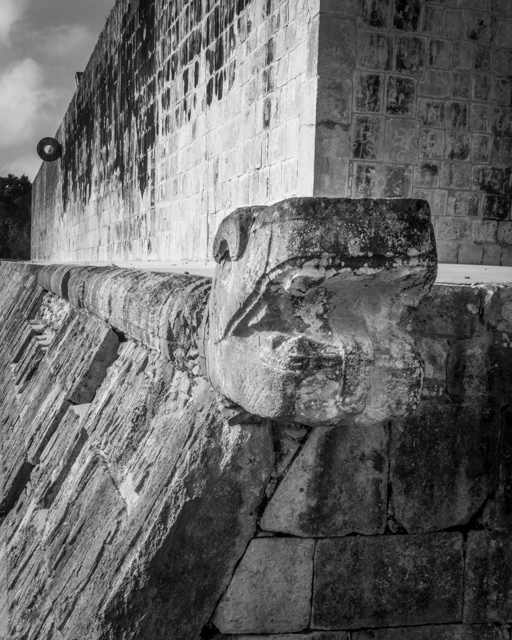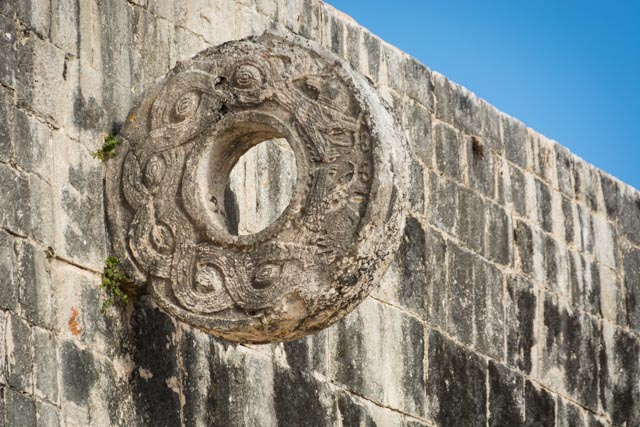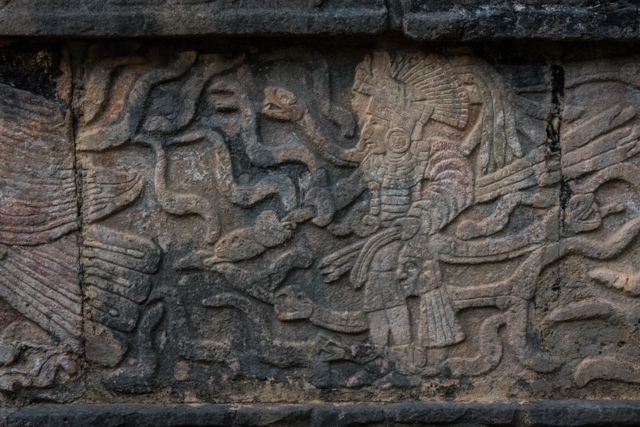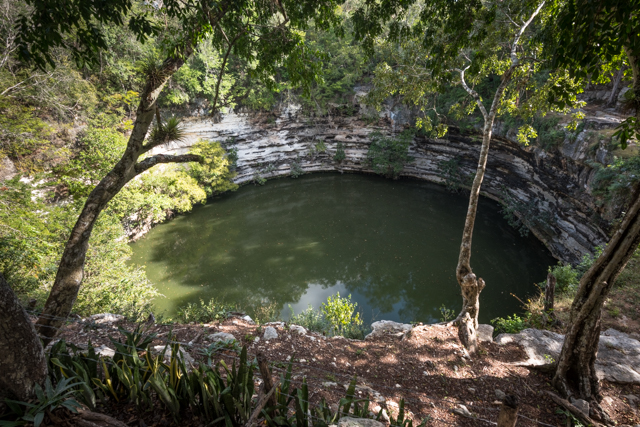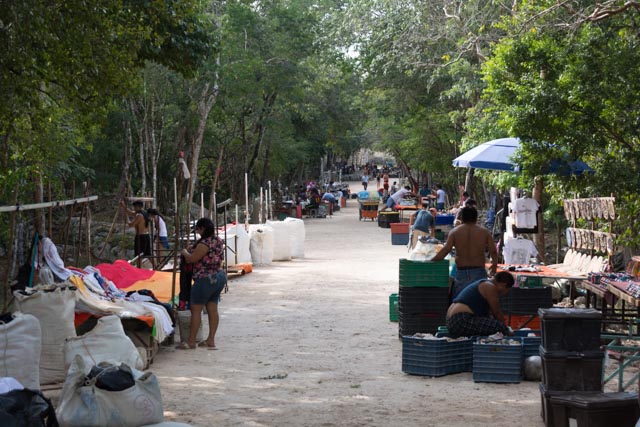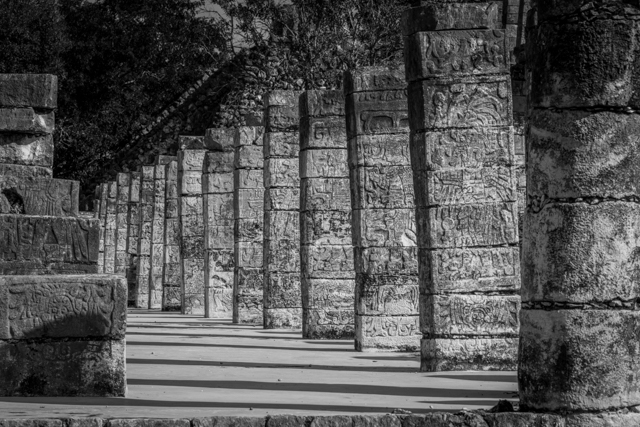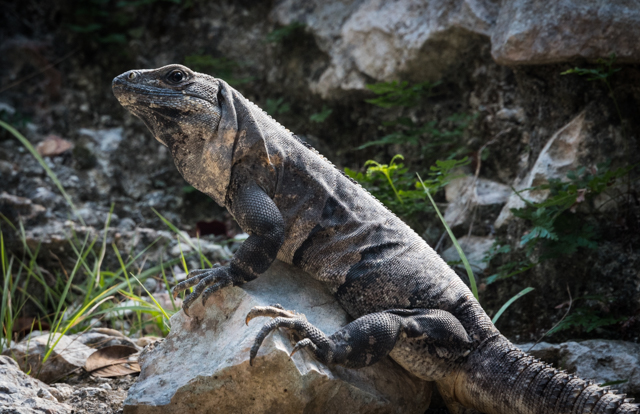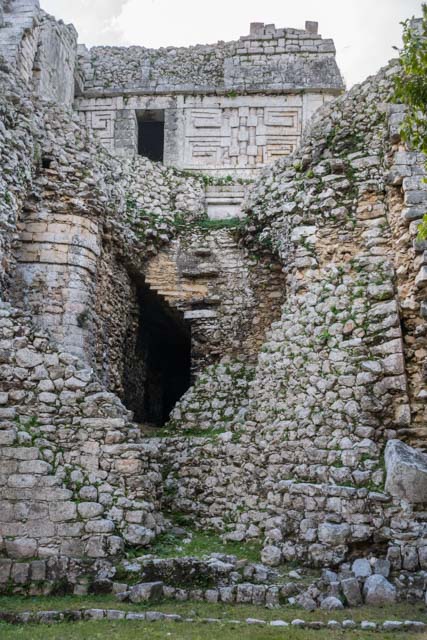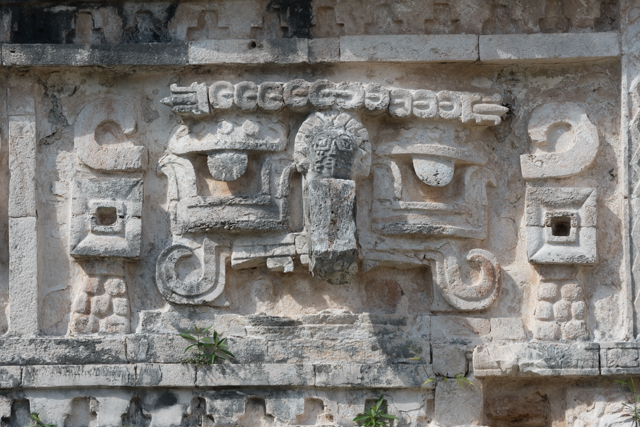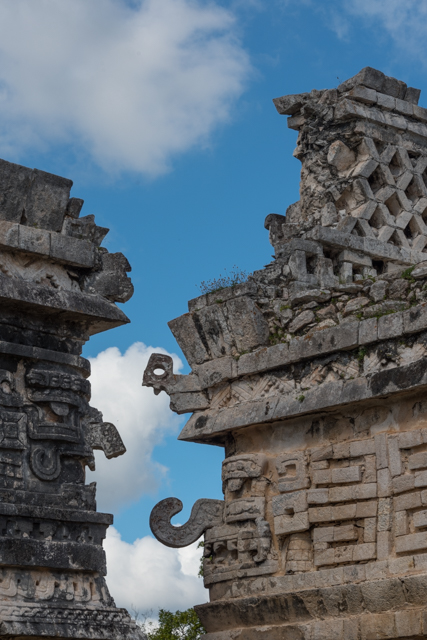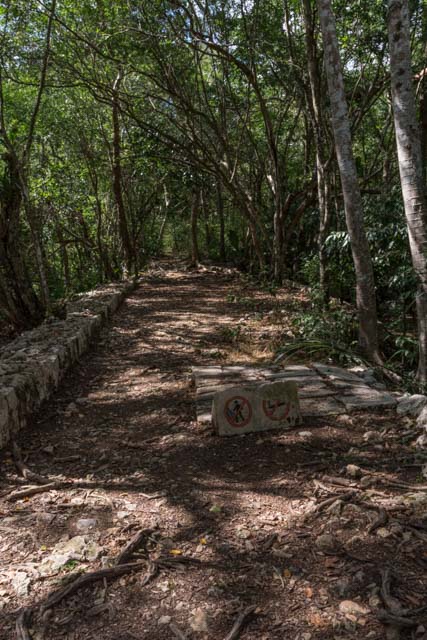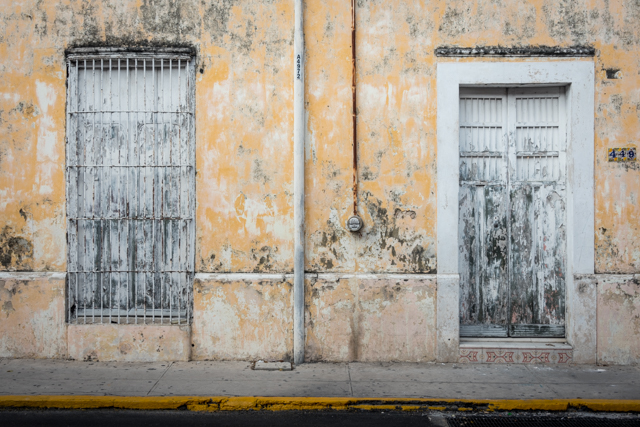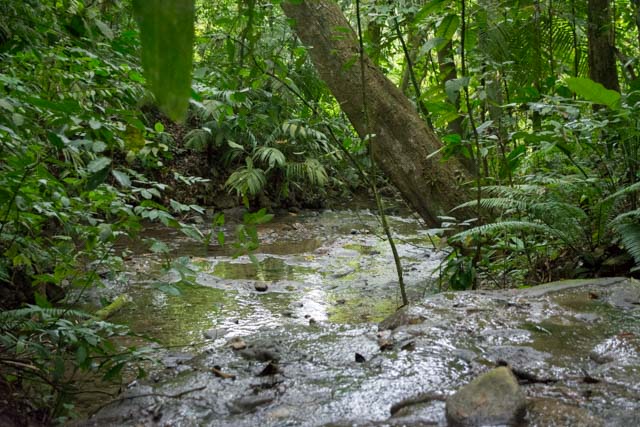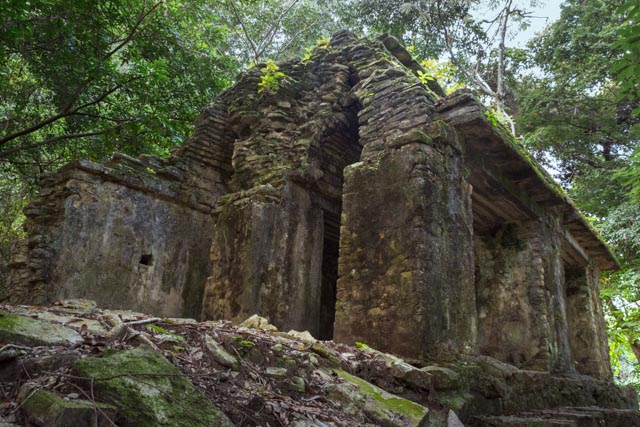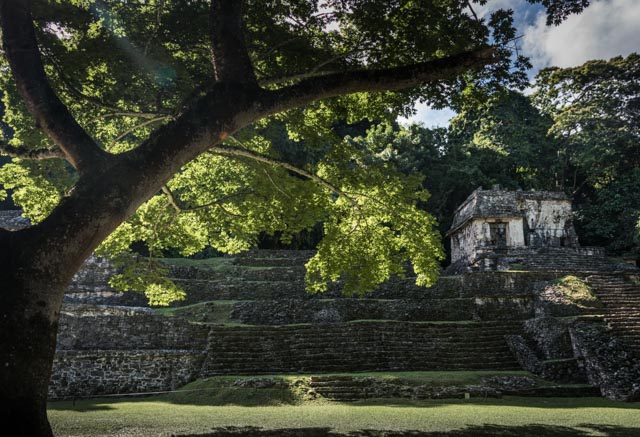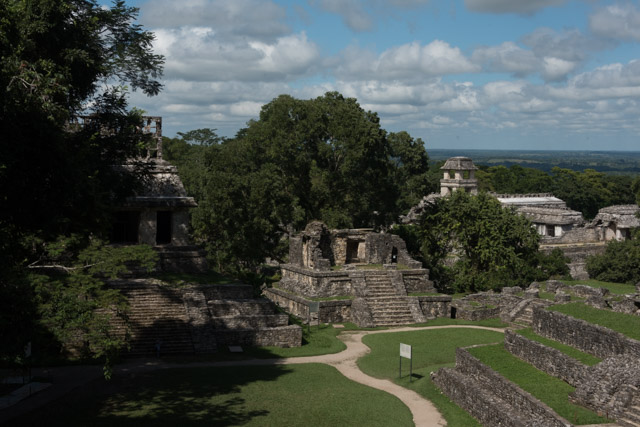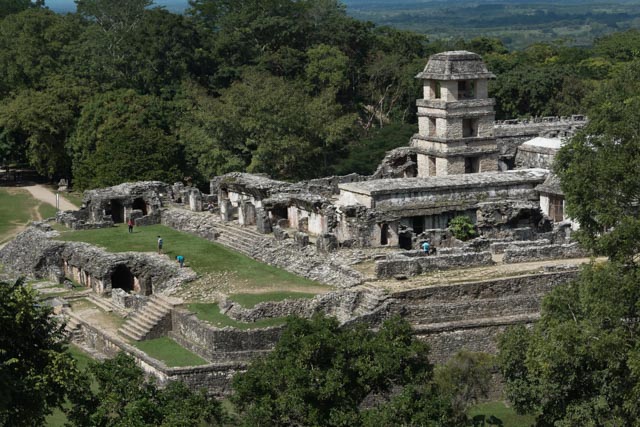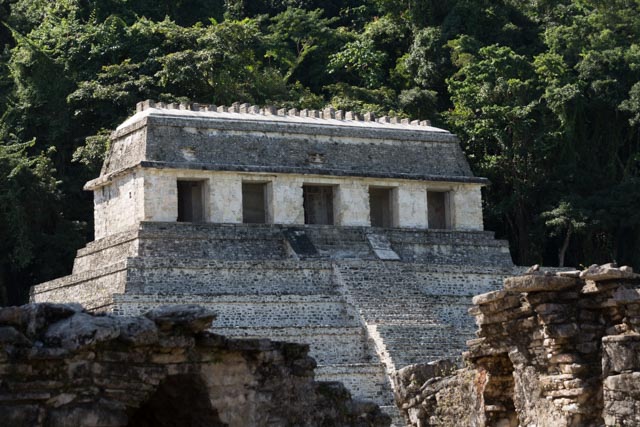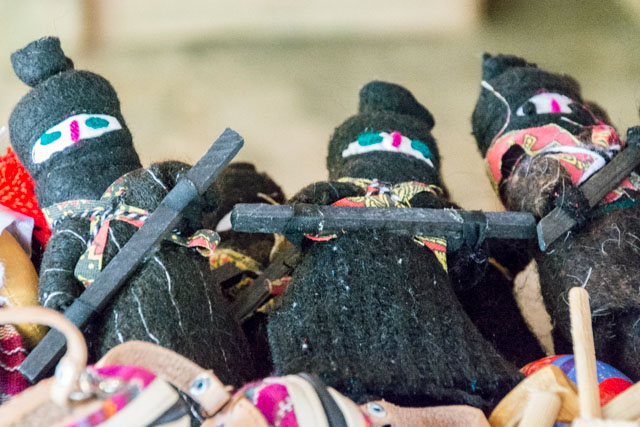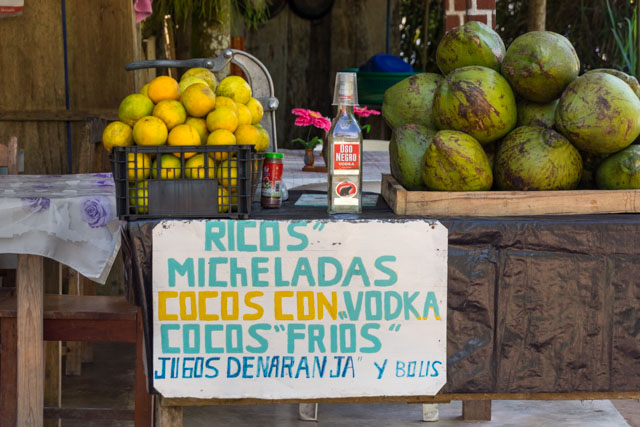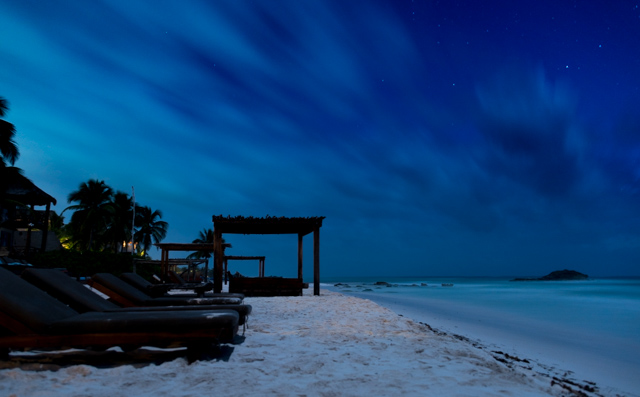


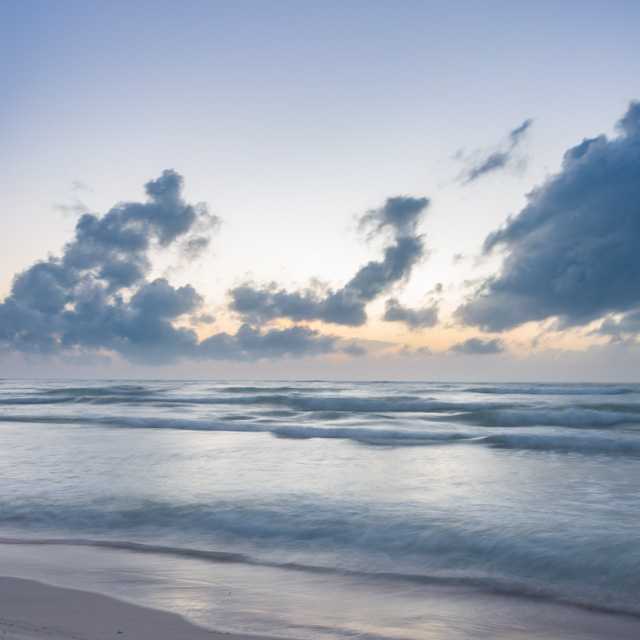
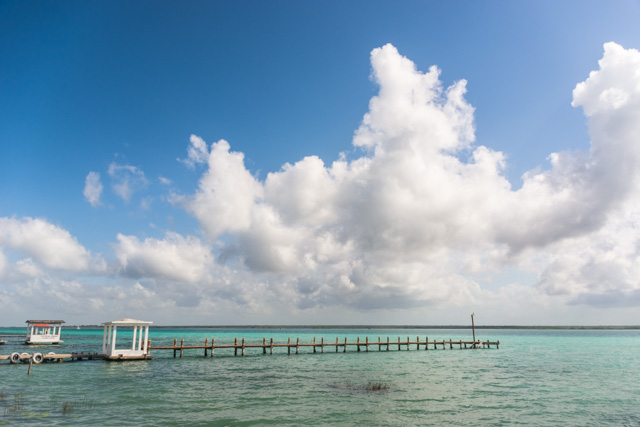
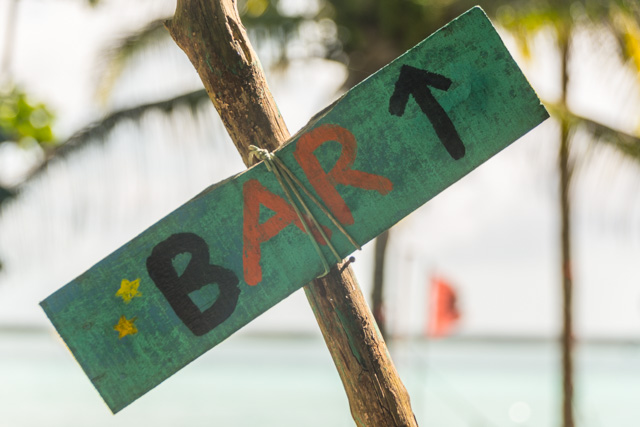


The alarm went off at 6am today, a full two hours before our scheduled departure. We had the beach to ourselves, and the sunrise was beautiful. Slowly going from moon light to sunshine; all in very delicate colours.
We drove to Bacalar, about 2.5 hours away from Tulum, where we had breakfast and where I dipped my toes into the Laguna Azul – so named because you can see up to seven shades of blue; we saw four.
We’ve thoroughly enjoyed our time in Mexico. It’s been a revelation to Andy who can’t wait to come back. The colours, the people, the music, the sights… and the food. Oh… the food.
There is obviously another side to Mexico. Everyone’s is an entrepreneur. If you want it; someone is selling it. There’s also a lot of child labour; and we’ve been approached by very young children.
We drove on to Chetumal. Our border crossing saw me scoring a small victory. There is an exit tax of $30 per person. I had read up that this is normally included in your flight tickets and got Andy to print a detailed copy of our tickets. It worked. We saved $60 (note to self: researching the trip ahead of time pays off).
Time to go.
Hasta luego Mexico! You have fed us well.
We crossed into Belize by foot.
Straight away, it felt very different. The buildings are lower and more spaced out. Most of them are ramshackle; the poverty seems more apparent. Our driver, Henry, told us that the country gets many grants from the E.U. It used to be a British colony, so they speak English here and patois. The Queen’s on the bank notes.
We raced two thirds of the country in just over two hours. We got to Belize City just too late to get the 5pm ferry to Caye Caulker. On the way, we saw lorries full of sugar cane, and many of those old fashioned yellow schoolbuses from the USA.
Our forty minute journey on the Belize Express ferry was breezy and speedy. Unfortunately, it got dark very quickly so we weren’t able to appreciate the scenery. That will be a suprise for tomorrow.
As soon as we landed on Caye Caulker, we could tell we were somewhere special. The place has a real laid-back Caribbean feel. A little breeze in the air; no motorised vehicles; colour everywhere… and extremely friendly people. And in Marie Sharp’s red habenero pepper sauce, I think I have finally met my match.









